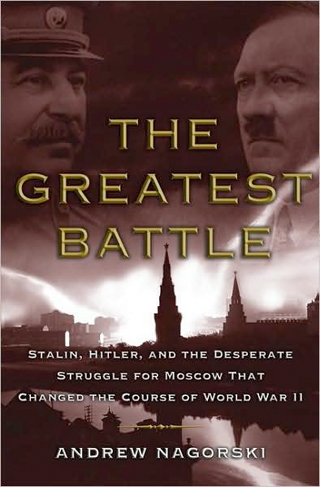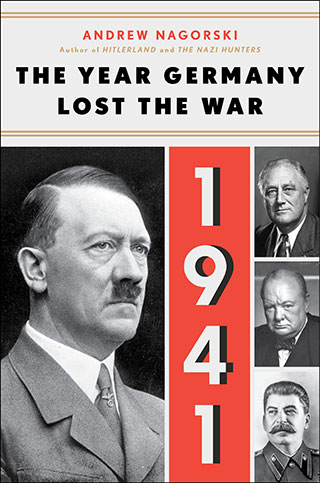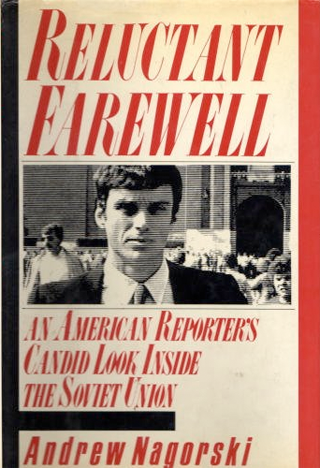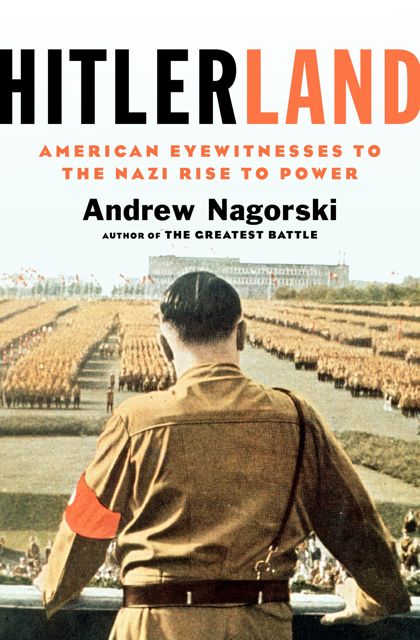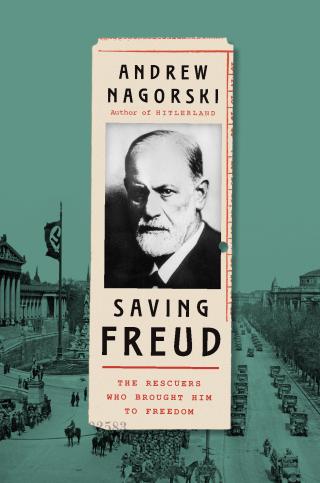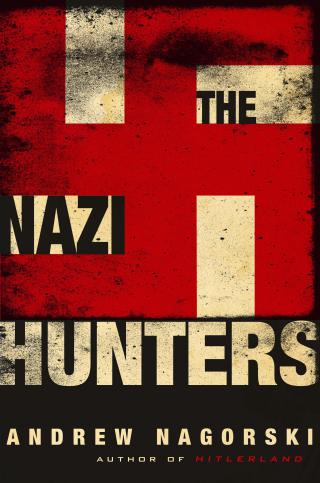
Andrew Nagorski’s The Nazi Hunters comes at a significant point, at the juncture between living memory and the historical record. Death, rather than the courts, now claims the last Nazi criminals — as well as those who labored for decades to bring them to justice.
Nagorski has had long experience as a Newsweek reporter and bureau chief in Bonn, Berlin, Warsaw and Moscow, and he covered many of the prosecutions he details in this book. He interviewed dozens of key figures, and dozens more who were close to figures now dead.
What Nagorski gives here is a full history of the postwar hunt and prosecution of Nazi criminals, now completing its seventh decade. Nagorski writes in the best Newsweekstyle: literate, factual, highly readable. His account is highly objective and balanced, qualities especially important in a story where you would think the lines would be clearly drawn but very often prove not to be.
It’s a narrative that will hold you, even if you’ve followed this story over the decades.
It began for the author, then 13, in 1960 with the news that a Mossad team had kidnapped Adolf Eichmann in Argentina and flown him to Israel for trial. Eichmann, Hannah Arendt, Simon Wiesenthal, Klaus Barbie, John Demjanjuk — their names and roles may be unfamiliar to readers today, still puzzling out what the Cold War was all about, and why it was so easy for Germany’s postwar allies to forget its Nazi crimes.
“Nothing belongs to the past,” Nagorski quotes German prosecutor and judge Fritz Bauer, explaining why he continued to pursue Nazi criminals into the 1960s, against rising criticism in Germany. “Everything is still part of the present and could become part of the future again.”
Variations of George Santayana’s “Those who cannot remember the past are condemned to repeat it” reverberate through this book, and it’s significant to note that this is a book about prosecutions, not about assassinations. From the first the Nazi hunters focused on “legal proceedings against their prey—demonstrating that even the most obviously guilty should have their day in court.”
Nagorski begins his story with the hanging of 10 top Nazis on Oct. 16, 1946, in the Nuremberg prison gym, “where American security guards had played a basketball game only three days earlier.” (Hermann Goering committed suicide in his cell the night before his execution.)
He focuses on the hangman, Sgt. John C. Woods, a colorful and controversial figure who prolonged, possibly deliberately, two of the hangings. Woods’ assistant, Herman Obermayer, describes Woods as slovenly, unshaven, with crooked yellow teeth and dirty, unpressed pants and an insubordinate attitude.
Nagorski doesn’t press the point, but the reader can’t overlook the irony and poetic justice of such a figure confronting the Nazi elite in their final moments, most of them already indignant over being denied a soldier’s death by firing squad.
This is a history with many anomalies, questions that you wouldn’t think needed answers, and controversies you couldn’t imagine would arise. The hunters often were “at odds with each other, prone to recriminations, jealousies and outright rivalries, even as they pursued roughly the same goal.” These controversies occupy a significant role in Nagorski’s story, yet already seem distant and immaterial.
As his book shows, the scale of Nazi atrocities and the complexities of postwar politics put to the test the meaning of words like revenge, retribution and justice.
Historical forgetting — the desire to forget — is the true antagonist in this story, and those who dedicated themselves to the hunt for Nazi criminals labored not for revenge or even justice, but for a future where such crimes would never occur again.
David Walton writes and teaches in Pittsburgh.

